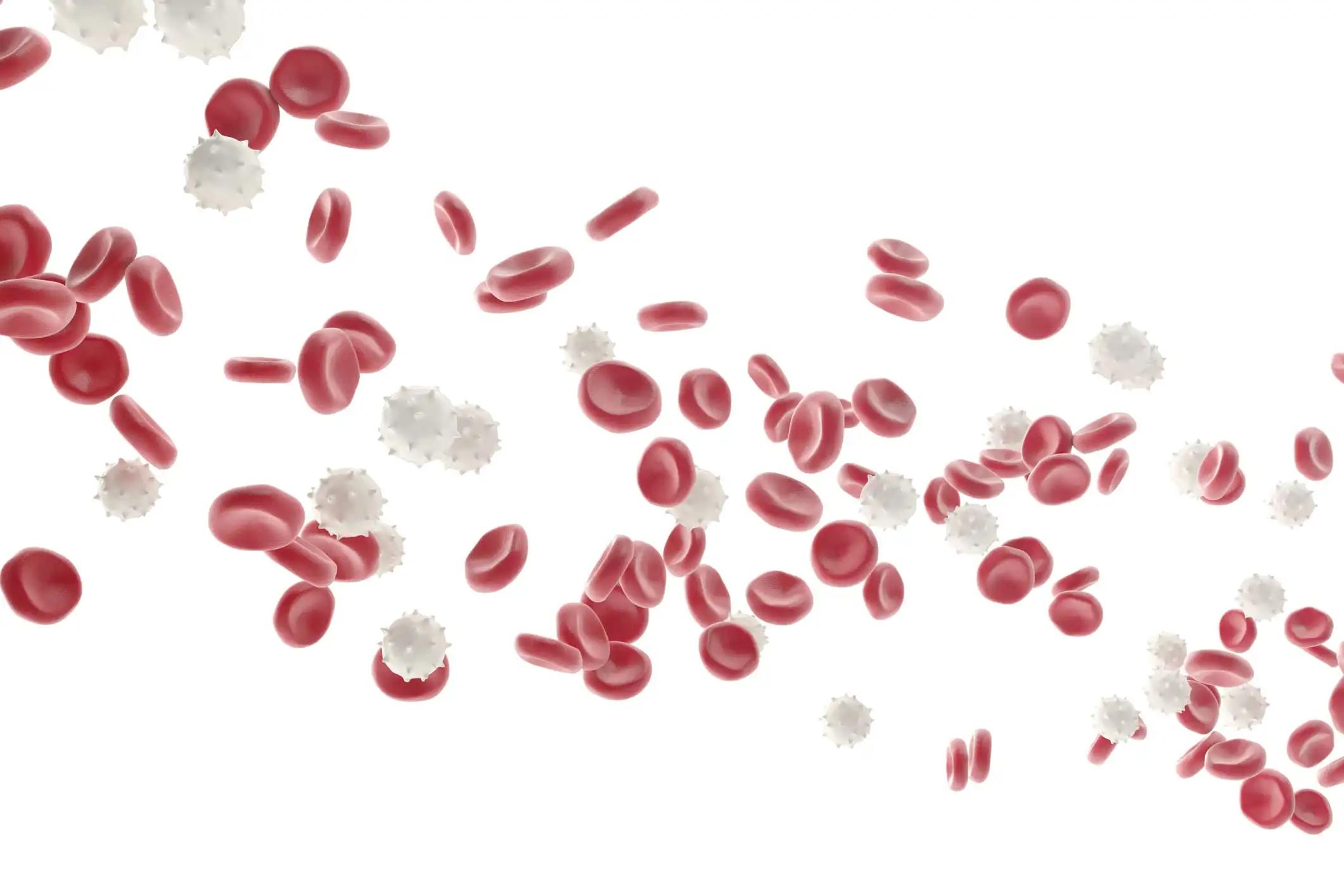KEY TAKEAWAYS
- The phase 2 trial aimed to investigate the efficacy of ruxolitinib in T-cell LGL leukemia pts by targeting JAK/STAT pathway.
- Researchers noticed durable responses with ruxolitinib in LGL pts; further information will be provided later.
Large granular lymphocytic leukemias (LGL) include T or NK-cell lymphoproliferative disorders characterized by myelosuppression and frequent STAT3 mutations. Commonly prescribed agents include low-dose methotrexate or cyclophosphamide. In the phase II study of ruxolitinib in T-cell lymphoma (Moskowitz, et al. Blood 2021), among 5 LGL patients (pts), 2 achieved partial response (PR), and 2 achieved stable disease (SD), underscoring the potential oncogenic dependence on JAK/STAT pathway activity in LGL.
Alison J. Moskowitz and her team aimed to assess the efficacy of ruxolitinib in T-cell lymphoma, including LGL, given its potential to modulate JAK/STAT signaling.
The study performed an inclusive analysis to investigate the efficacy and mechanistic insights of JAK1/2 blockade in relapsed/refractory leukemia LGL. About 23 pts were enrolled, with a chosen sample size allowing for a narrowed 95% confidence interval (54-87% (Wilson score method) if similar efficacy was observed, pts received continuous oral ruxolitinib at 20mg PO BID. Response assessments were conducted after cycles 2, 5, and every 3 cycles thereafter, utilizing the ECOG-5998 study criteria for LGL. SD was defined as a one-grade improvement in cytopenia(s) by 1 grade (without meeting criteria for PR) for a minimum of 6 months.
The overall response rate (ORR) comprised complete response (CR) plus PR, while the clinical benefit rate (CBR) included ORR plus SD. Additionally, an exploratory approach involved single-cell RNA sequencing (scRNA-seq) on paired peripheral blood mononuclear cells (PBMCs) from 7 pts (5 PR, 1 SD, and 1 non-responder) on C1D1 and C1D8, alongside plasma proteomic profiling on 5 pts (3 PR, 1 SD, and 1 POD).
Among the 23 pts enrolled, the median age was 58 (31-86), with 13 (57%) males and 19 (83%) white participants; 1 (4%) was black. The median number of prior therapies was 2 (range 0-5), and 12/22 pts (54%) had STAT3 mutations (of whom 1 also had a JAK1 mutation), 1 had a JAK2 mutation, and 1 pts lacked sequencing information. Baseline cytopenias included anemia (n=14, 61%), thrombocytopenia (n=12, 52%), and/or neutropenia (n=16, 70%).
In the 20 evaluable pts (3 too early), there were 5 (25%) CRs, 6 (30%) PRs, and 4 (20%) SD. The ORR and CBR were 55% and 75%, respectively. The median event-free survival (EFS) was not reached, with a 68% (95% CI: 50-93) EFS at 14 months. STAT3 mutation status was predictive of improved EFS (14-month EFS 100% vs 40%, P=0.007). After a median treatment duration of 13.1 months, there were no unexpected toxicities. Severe adverse events (AEs) included febrile neutropenia (n=3, 13%) and herpes zoster (n=1, 4%).
To elucidate the mechanism of ruxolitinib’s impact on hematologic parameters in LGL, unbiased proteomic analysis of peripheral blood plasma samples using the OLink 96 Inflammation and Immune Response Platforms was conducted. Ruxolitinib led to a reduction in interferon-driven JAK/STAT activation-associated soluble mediators, such as CXCL9, CXCL10, PD-L1, and TNF. Several of these factors known to suppress hematopoietic stem cell function suggested a JAK/STAT-dependent paracrine mechanism underlying LGL-induced myelosuppression. Single-cell RNA sequencing (scRNA-seq) of PBMCs identified LGL cells based on the expression of cytotoxic genes that includes NKG7, CST7, CCL5, GZMB, and PRF1.
Patients achieving a PR showed a decrease in circulating myeloid cells. Gene set enrichment analysis (GSEA) revealed substantial downregulation of JAK/STAT signaling and TNF signaling in LGL cells of PR pts, while persistently elevated TNF signaling was observed not only in LGL cells but also in circulating myeloid and naïve T-cells in SD pts. This suggests that LGL cells might contribute to bone marrow suppression through paracrine effects on the host immune system.
The study concluded that ruxolitinib induces durable responses in leukemia LGL pts, presenting a potential treatment option for individuals in need. STAT3 mutation status emerges as a predictive factor for EFS, and responses are linked to the down-regulation of the JAK/STAT pathway, underscoring on-target effects. Integrated immune profiling suggests that Ruxolitinib may disrupt JAK/STAT-dependent paracrine inflammatory signals, alleviating bone marrow suppression.
An ongoing network analysis of LGL cells and non-malignant peripheral blood immune cells is being conducted and results of efficacy and mechanism of action will be presented. The study is sponsored by John Reneau.
Source: https://ash.confex.com/ash/2023/webprogram/Paper181922.html
Clinical Trial: https://clinicaltrials.gov/study/NCT05592015
Moskowitz A, Rahman J, Ganesan N, et al. (2023). “Ruxolitinib Promotes Clinical Responses in Large Granular Lymphocytic Leukemia Via Suppression of JAK/STAT-Dependent Inflammatory Cascades.” Presented at ASH 2023 (Abstract 183).



